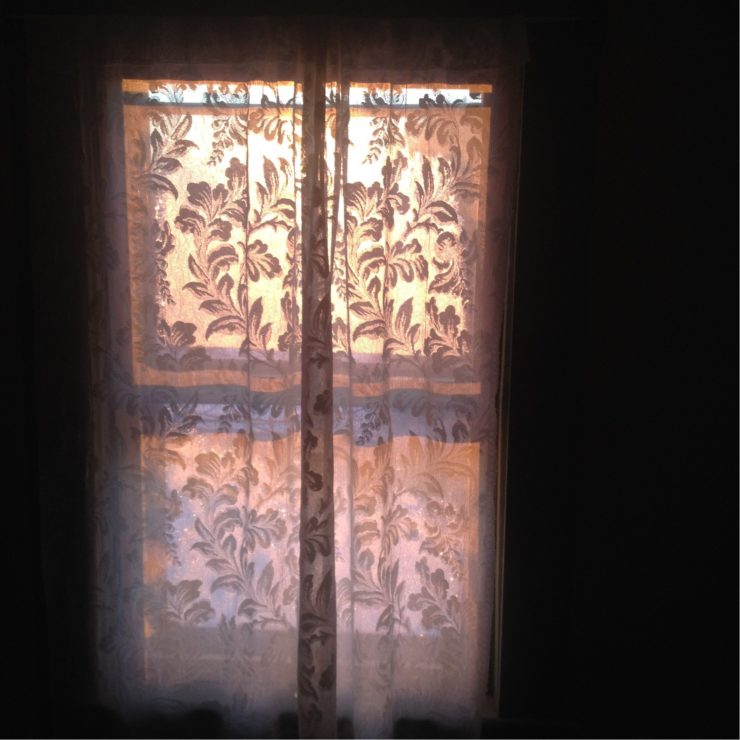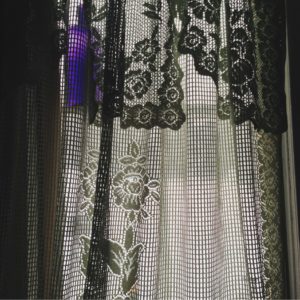“Have you ever heard the absolute silence?”
So asks a young lobsterman on Maine’s Matinicus Island, one of the handful of people who live year-round on the island, 22 miles out to sea and smaller than Central Park.
Until I moved to Maine a few years ago, I would have protested that of course I had heard absolute silence. Up in my canyon above L.A., there were moments that seemed utterly still. But then, when you really started listening, you’d hear the background noise you usually tuned out: the hum of the freeway three miles away, the laughter of kids up the road, the chatter of birds in the old pine tree out back.
Then, in a Maine blizzard, I finally heard absolute silence. That moment when the wind dies down, and no cars dare be on the road, not even the plows. It’s a muffled silence, a cotton-wool silence, an absolute silence.
The piece is shot through with gentleness, but it’s not a rosy-spectacled view of the island and year-round life there, which has a touch of the Raymond Carver about it.
That silence, and its serene yet terrifying beauty, goes to the heart of Katharine Q. Seelye’s lyrical story in The New York Times about living on Matinicus in the winter, when all the tourists are gone and the ferry comes only once a month.
It starts with the lede:
The snow had begun falling overnight, and fell throughout the day, draping the towering pines and the lobster traps, stacked up on land for the winter, in blankets of white.
There’s a hush to the language, a softness. The snow doesn’t blanket the land but is a blanket, as if a mother were placing a protective covering over her child.
The piece is shot through with such gentleness, but it’s not a rosy-spectacled view of the island and year-round life there, which has a touch of the Raymond Carver about it.

“Despite a tendency of visitors to romanticize island life,” Seelye writes, “year-round residents reject any suggestion that it is simple.”
“‘Anyone who thinks it’s simple is delusional,’ said Natalie Ames, 48, who grew up on Matinicus.”
But it is that yearning for a simple life that resonated with readers. One of the sweetest things about the piece are the comments, which piled up quickly like so many inches of snow in a Nor’easter.
A reader who called himself Alexander Hamilton wrote, in language that echoed the article’s lyricism:
We count ourselves among the fortunate to have spent 15 years in Maine, raising our children there. We lived in a small coastal town and kept a tide clock on the kitchen table, so we'd always know how much time we had to put the kayaks in the water before our little harbor turned to mud flats.
That's the kind of thing you get to think about when you live in such a place. The ocean and the tides are not some abstraction; you see them, smell them and hear them. The bell buoys tell you about the wave height and frequency before you ever look up at the water. The wheeling seagulls tell you the lobster boats are out, even when the wind is coming from the wrong direction, carrying the hum of diesel engines out to sea. The foghorn on the lighthouse would alert us to "sea smoke" rolling in, even before we could see it.
In the summer, we'd wait anxiously for the powerful thunderstorms to pass overhead, then run down to the beach to watch them move off into the distance, towards the infinite horizon stretching to the east. ("Next stop is Portugal," we sea kayakers liked to joke.) Long after the thunder had faded, we'd be treated to a light show as the lightning flashed 5, 10, or 15 miles off shore.
There's so much more to life than social media and smartphones. The folks who live on these islands know it.
Also sweet are the memories of other stories and books. Reader Richard Russell points out a book that I also had read and loved:
Thanks for this marvelous article!
Alongside it I very much recommend Peter P. Blanchard III's book "We Were an Island," about Art and Nan Kellam, who for nearly forty years lived year-round - just the two of them! - on Placentia Island, near Mount Desert. Their devotion to each other and to the island is moving and heart-breaking. An amazing narrative illustrated with beautiful photographs.
I also thought of the Maine island fiction of Elisabeth Ogilvie, about hard lives that had to be endured, but also accepted, and even embraced. Like this line from her novel “High Tide at Noon”:
“Maybe Nils was right and it was meant to be like this. Maybe you had to go through just so much, and then you reached the place where you were supposed to be.”
The photographs for the article by Tristan Spinski are just as evocative as the words. A tiny hand reaches for the edge of a table, a glimpse of one of the few islander children. Christmas lights are reflected against the window of a boat that brings health care to the islands, their bright colors bringing cheer to an austere house of grays and whites. Warm light glows inside a weathered shingle post office. And always, always, the whiteness of the snow.



